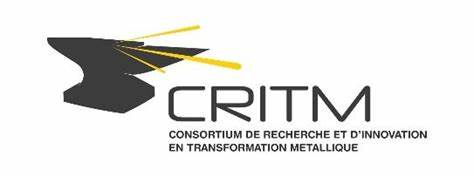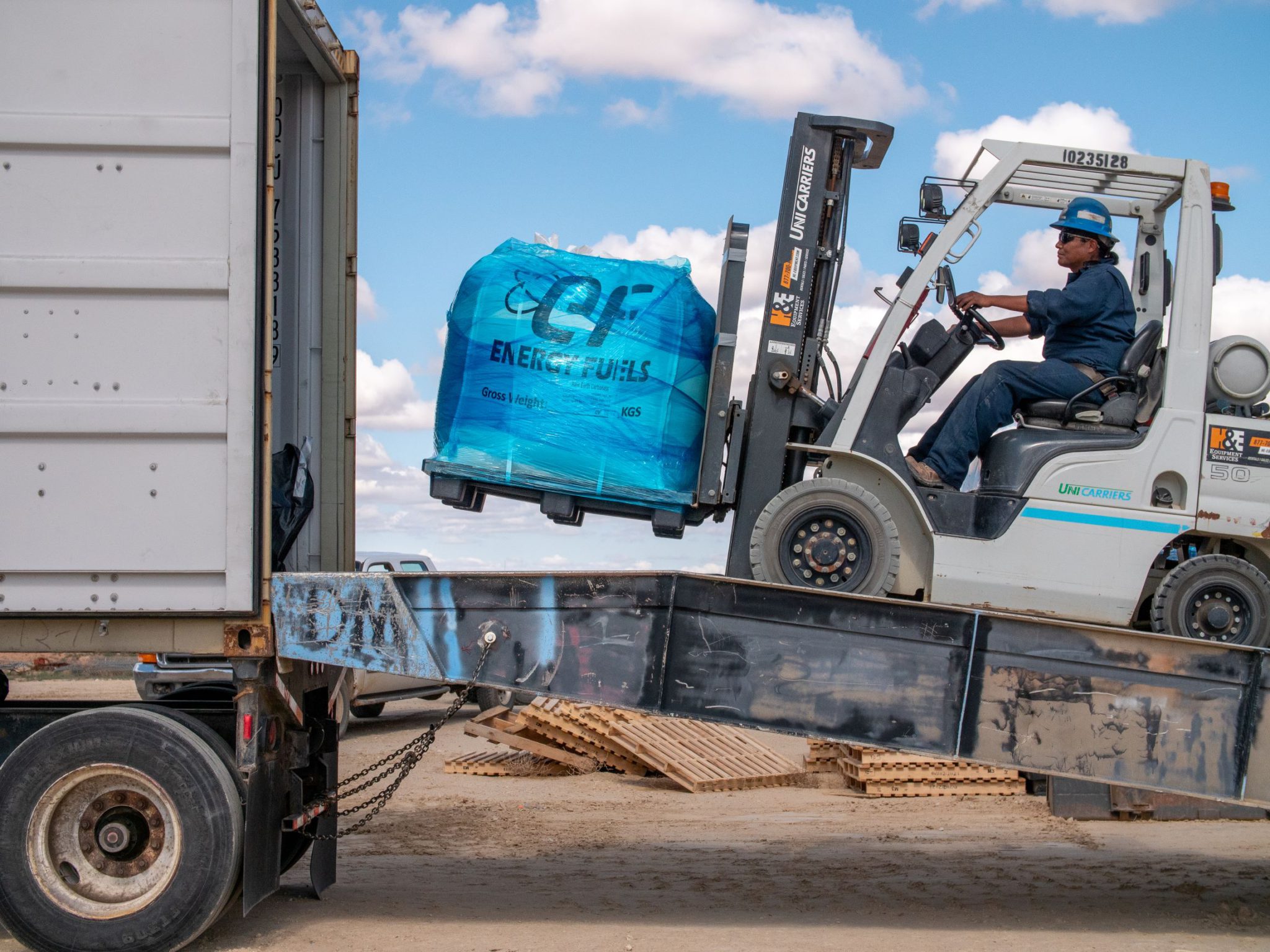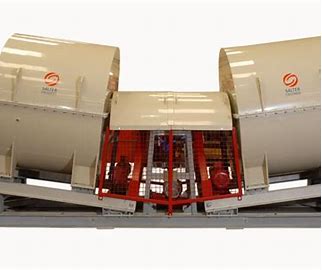Two unfolding geopolitical scenarios to keep on your radar in 2021

United States flag. Credit:Lucas Sankey on Unsplash
Governments are facing immense pressure to beat back unprecedented levels of debt, with global debt expected to reach US$277 trillion by the end of 2020, largely due to stimulus funding spent since the start of COVID-19. This could translate into an increase in nationalism and protectionism in certain parts of the world, which could lead to greater taxes and royalties, including export duties, tax rates linked to profitability or restrictions on foreign ownership.
As governments – both on home soil and around the world – seek new avenues to recoup costs, mining is likely to be impacted. The sector was declared an essential service in many economies and is expected to remain more profitable than other industries as commodity prices rise on the back of rebounding Chinese economic activity, stimulus spending on infrastructure and, for gold, due to its safe haven status.
Many mining and metals companies are already starting to feel the pressure. The EY Top 10 business risks and opportunities – 2021 survey identified geopolitics as a new risk this year as companies anticipate the shifting geopolitical landscape to change many dynamics. Three major influences include shifts to the U.S. presidency, China playing a bigger role in geopolitics and Europe seeking a more cohesive projection of its own power.
Managing a vast spectrum of geopolitical uncertainty in the year ahead will require companies to keep on top of emerging trends and prepare to respond as new policies and stimulus measures unfold. There are two evolving scenarios, in particular, that Canadian companies should watch closely.
U.S. protectionist policies
There’s been a trend in the U.S. toward economic protectionism to favour domestic producers. In 2018, the U.S. announced imposing 25% and 10% tariffs on imports of certain steel and aluminium products from Canada. The conflict resurged again in 2020 with the U.S. president re-imposing import tariffs on non-alloyed, unwrought aluminium. While Canada responded with countermeasures both times, ultimately eliminating the tariffs, the prospect of unexpected policies is still top of mind.
With President-elect Biden advocating for protectionist policies such as “Made in All of America,” Canadian companies cannot ignore the risk of similar tariffs to follow. However, these on-again, off-again tariffs are expected to be much less turbulent with a new presidency that favours policies that are positive for strategic allies like Canada. Having greater certainty and reassurance will allow the mining industry to plan appropriately and react to the policy environment.
Demand from clean technologies
One of the most prominent components coming out of countries’ stimulus spending has been tied to supporting green initiatives. The government of Canada, for example, announced a plan back in October 2020 to allocate $10 billion to Canada Infrastructure Bank. Of that, 60% will be spent on green infrastructure, including supporting energy-efficient building retrofits, clean power generation and zero-emissions transport. South of the border, President-elect Biden has similarly set ambitious climate plans, including recommitting to the Paris agreement and reaching net zero emissions by 2050.
These climate targets present an opportunity for Canada’s mining and metals industry to provide the building blocks of low carbon technologies. As policies evolve and greater investments are made towards a low carbon future, mining companies will have to balance meeting demand spurred from green initiatives while rethinking their own business models to accommodate new policies and regulations to meet ambitious climate targets.
Preparing the business to respond
From the Bronze and Iron ages to gold rushes and coal in the first Industrial Revolution, the mining and metals sector has provided the raw materials needed to build the infrastructure economies rely on. The post-Covid-19 era is expected to be no different.
This time, however, companies will need to proactively demonstrate the value that they bring to the community, through both economic output and employment. Demonstrating this value and creating stronger relations with government, trade and sector groups, will help to influence future taxation schemes and stimulus policies that are beneficial to all parties. Conducting comprehensive scenario analysis to pre-empt or plan for possible changes in geopolitical disruption or regulatory changes will be critical to respond with agility and capture new opportunities.
Mauricio Zelaya is an Associate Partner in EY Canada’s Economic Advisory. He is based in Toronto. For more information, visit www.ey.com/en_ca/mining-metals.





Comments